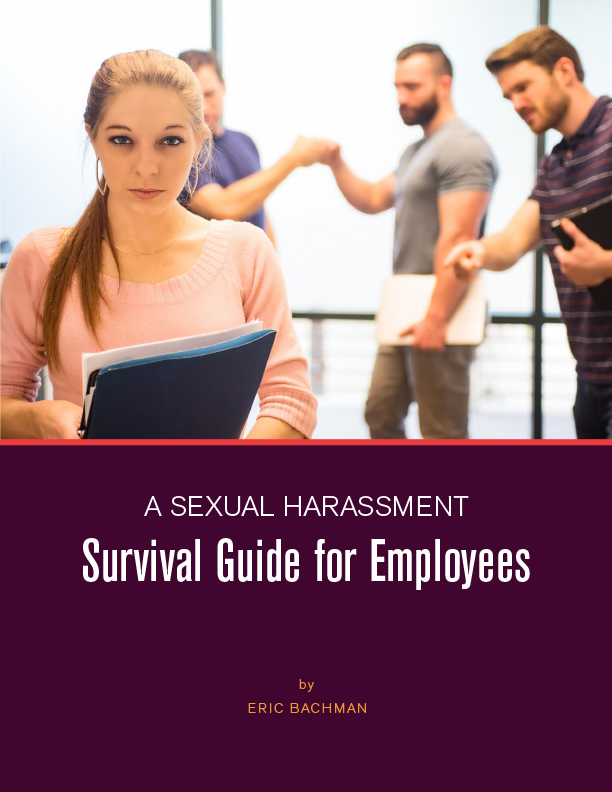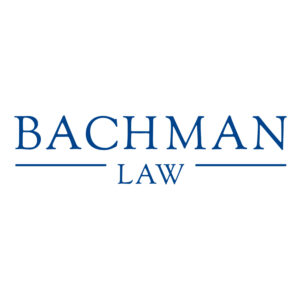When is an employer’s excuse for firing you a pretext for discrimination?
In employment litigation, some of the most important evidence is centered on the question of whether the employer had a legitimate reason to terminate your employment or whether the reason was simply a pretext for unlawful discrimination. A federal appellate court recently tackled this issue and fleshed out how an employee can prove that the employer’s purported reasons were just a mask for illegal behavior. Consult with an age discrimination lawyer to find out more.
The ADEA, 29 U.S.C. §§ 621-34, prohibits an employer from discharging or otherwise “[discriminating] against any individual… because of such individual’s age.” 29 U.S.C. § 623(a). To win, a plaintiff “must prove by a preponderance of the evidence (which may be direct or circumstantial), that age was the ‘but-for’ cause of the challenged employer decision.” Gross v. FBL Fin. Servs., Inc., 557 U.S. 167, 177-178 (2009). Circumstantial evidence, as opposed to direct evidence of discrimination (which is less frequently available to plaintiffs), is analyzed under a three-part test created by the Supreme Court in McDonnell Douglas Corp. v. Green, 411 U.S. 792 (1973).
The McDonnell Douglas framework for an ADEA claim for termination due to age discrimination is as follows:
Step 1/Prima facie case of discrimination
- They belong to a protected class (older than 40 years old)
- They were qualified for the job and performing in accordance with the expectations of their employer
- Employer terminated their employment
- The employer replaced plaintiff with an individual who was comparably qualified to the plaintiff, but substantially younger.
Note: certain courts hold that the plaintiff can also meet this factor by showing the employer did not treat age neutrally when making the decision to terminate.
Step 2 (burden on the defendant/employer)
Employer must produce evidence that its actions were the result of legitimate and non-discriminatory reasons
Step 3 (burden on the plaintff/employee)
Employee must prove that the non-discriminatory reason(s) offered by the employer in Step 2 were not true reasons, but were a pretext for discrimination based on age.
In Reeves v. Sanderson Plumbing Prods., 530 U.S. 133, 146-7 (2000), the Supreme Court held that “it is permissible for the trier of fact to infer the ultimate fact of discrimination from the falsity of the employer’s explanation.” Also, Reeves allows the trier of fact to consider the evidence used to establish a prima facie case of discrimination (first prong of McDonnell Douglas) when they are deciding the final prong of McDonnell Douglas framework.
Notably, the Supreme Court later held that “[t]he reason for treating circumstantial and direct evidence alike is both clear and deep rooted: ‘Circumstantial evidence is not only sufficient, but may also be more certain, satisfying and persuasive than direct evidence.’” Desert Palace, Inc. v. Costa, 539 U.S. 90, (2003) (quoting Rogers v. Missouri Pacific R. Co., 352 U.S. 500, 508, n. 17 (1957)).
TWC’s only proffered reason for firing Westmoreland was “trust and integrity issues” that arose after TWC found out that Westmoreland had instructed a subordinate to change the date on a form. TWC claimed that this violated company policy, which stated that “[f]alse statements… may result in termination of employment.”
In addition to the evidence she presented to prove Step 1/her prima facie case, Westmoreland also relied upon the following evidence to show that TWC’s explanation was a pretext for age discrimination:
- TWC fired her after 30 years of consistently satisfactory work;
- Westmoreland’s supervisor who informed Westmoreland of her termination and signed her termination papers made a condescending and age-related remark to Westmoreland immediately after the firing;
- all of the decision-makers at TWC were aware that Westmoreland was of advanced age; and
- after TWC informed Westmoreland of her possible violation of company policy (but before TWC officials fired her), a TWC official told her that the offense was minor and would amount to nothing more than a “slap on the wrist.”
In Westmoreland v. TWC Administration LLC, 924 F.3d 718 (4th Cir. 2019), the United States Court of Appeals for the Fourth Circuit found that the employee had shown that the employer’s reason for firing her was a pretext for discrimination. In making this finding, the court cited the fact that Westmoreland’s otherwise positive 30-year employment record shows that this was an isolated incident for which lesser sanctions were available.
The Fourth Circuit further determined that, consistent with the Reeves standard, Westmoreland had sufficient evidence of pretext. For example, Westmoreland showed that she was fired when she was 61 years old, and her replacement was 37 years old. Likewise, she showed that TWC’s alleged concerns about her violation of company policy were actually not the reason for her firing because, at first, TWC told Westmoreland that the infraction was not that serious.
Each case will be reviewed based on its own facts and merits, so no “one size fits all” approach can apply when analyzing discrimination and pretext claims. But the Fourth Circuit’s decision helps employers and employees to better understand where the line may be drawn between a legitimate reason versus a pretext for unlawful discrimination.
Talk with an age discrimination lawyer to maximize your potential damages. If you have experienced workplace discrimination or whistleblower retaliation, call us at (202) 769-1681, or start your preliminary consultation online

Ebooks

A Sexual Harassment Survival Guide for Employees
Latest From The Glass Ceiling Discrimination Blog

Eric Bachman named a Top Lawyer for whistleblowers by Washingtonian Magazine
Washingtonian magazine again named Bachman Law founder Eric Bachman a Top Lawyer in Whistleblower Law in its 2024 Top Lawyers’ edition. Washingtonian compiles its list

Federal court issues key decision in class action race discrimination case against Maryland State Police
This week the federal court in Maryland issued a key ruling in the class action race discrimination case against the Maryland State Police (MSP) that

Bachman Law named to 2025 Best Lawyers list
Bachman Law principal Eric Bachman was again named to the 2025 Best Lawyers in America in the fields of Employment Law/Civil Rights. Bachman has been named